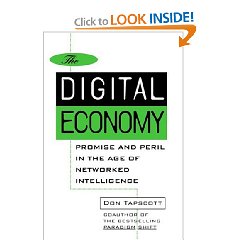May 29, 2000
Thomas S. Kuhn
Two points are worthy of emphasis: 1) the paradigm shift is always forced and 2) until the paradigm shift occurs, always suddenly, the incumbents can comfortably explain everything with their existing paradigm. There will be many from the current “laissez faire” academics without accountability environment who would be critical of this book, but the fact is that it's fundamentals are on target; as the sociology of knowledge has shown time and time again, “thinkers” are nepotistic, incestuous, and generally lazy, as well as mono-lingual and culturally-constrained, and it takes a major shock-wave to push any given intellectual domain up to the next plateau.











